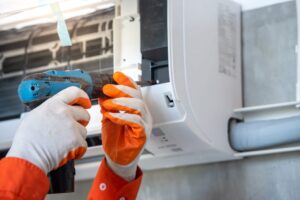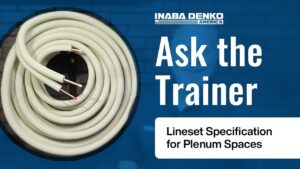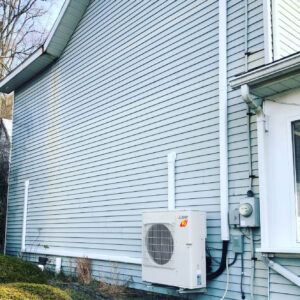
Can Mini-Split Systems be Installed on Interior Walls?
Can Mini-split Systems be Installed on Interior Walls?
Can mini-split systems be installed on

Can Mini-split Systems be Installed on Interior Walls?
Can mini-split systems be installed on

Switching from a central boiler system to individual heat pumps in an apartment building is

The International Mechanical Code speaks about the E84 being a requirement for supply and return

A New York apartment building had an electrification project requiring heat pumps for each individual

Kerry McIntyre demonstrates how Inaba Denko America solutions like the Wall Sleeve, Sealing Putty, Slimduct

In Nyack, NY, a once-abandoned space has been transformed into a stunning living space featuring

For an office building converted into a multifamily housing project, Slimduct was used to secure

As the holidays pass by, we would like to thank so many people who helped

Mini splits, also known as ductless mini split systems, are a popular choice for heating

Challenge: In Easton, PA, a seven-unit apartment building relied on a central steam boiler, managed
© 2025 Inaba Denko